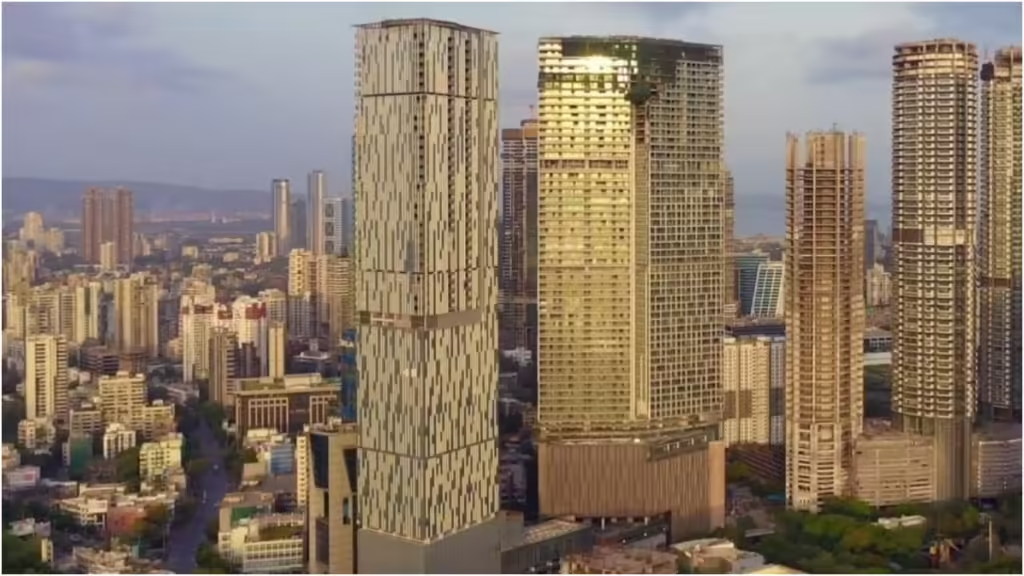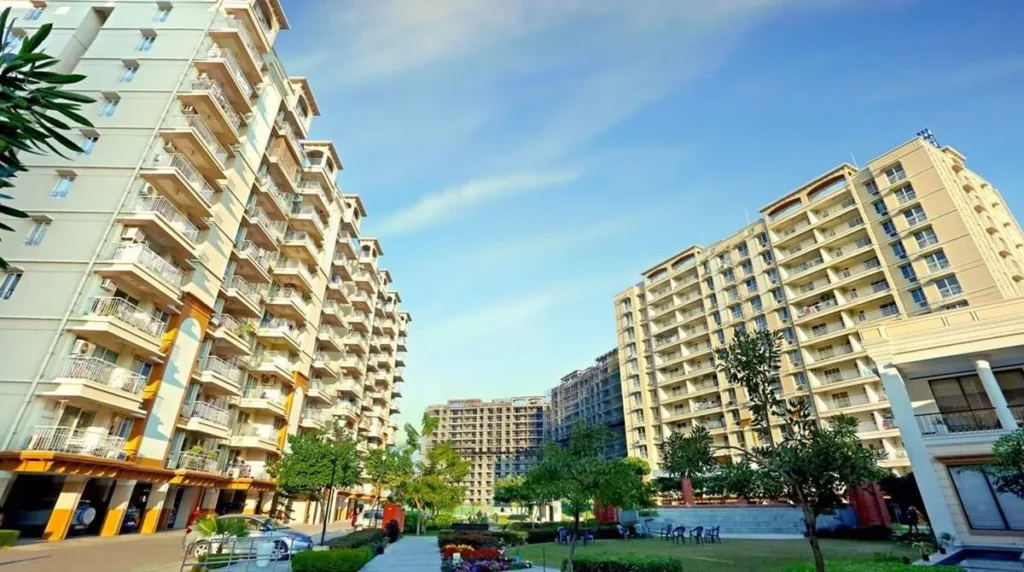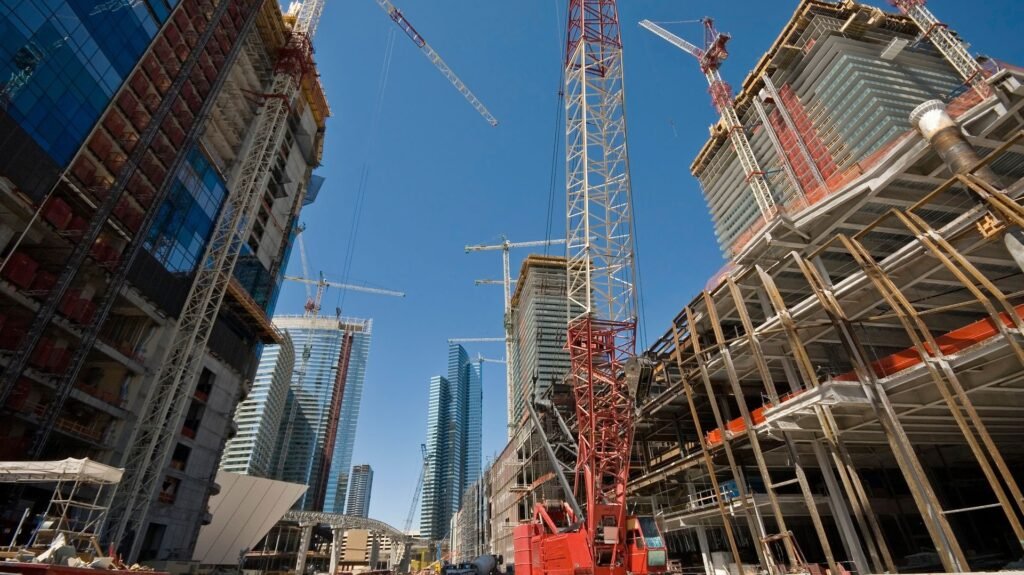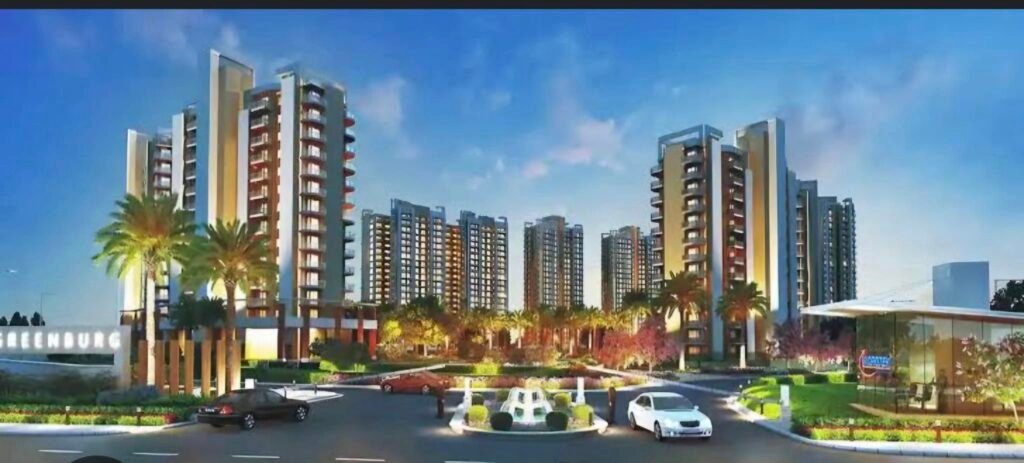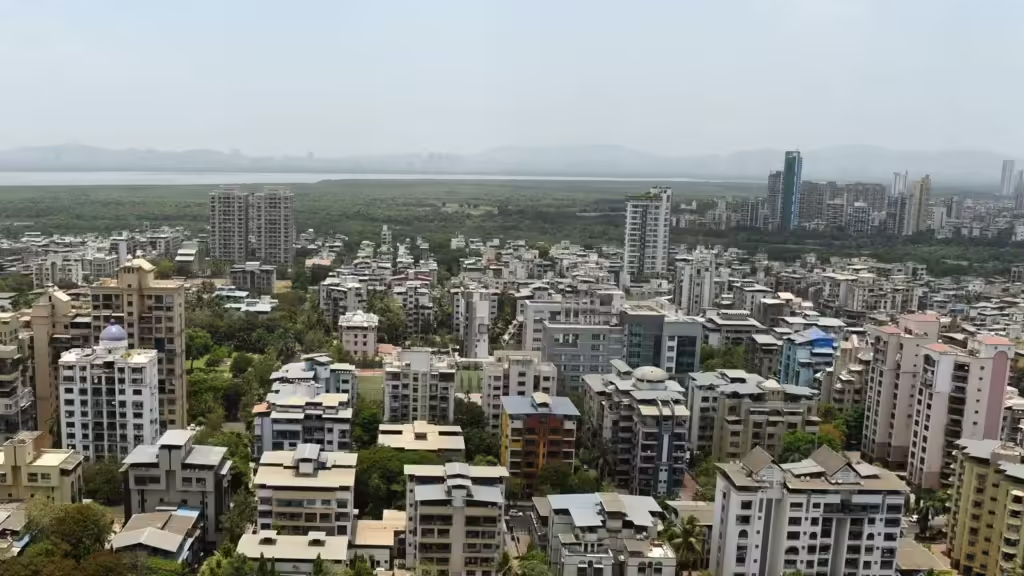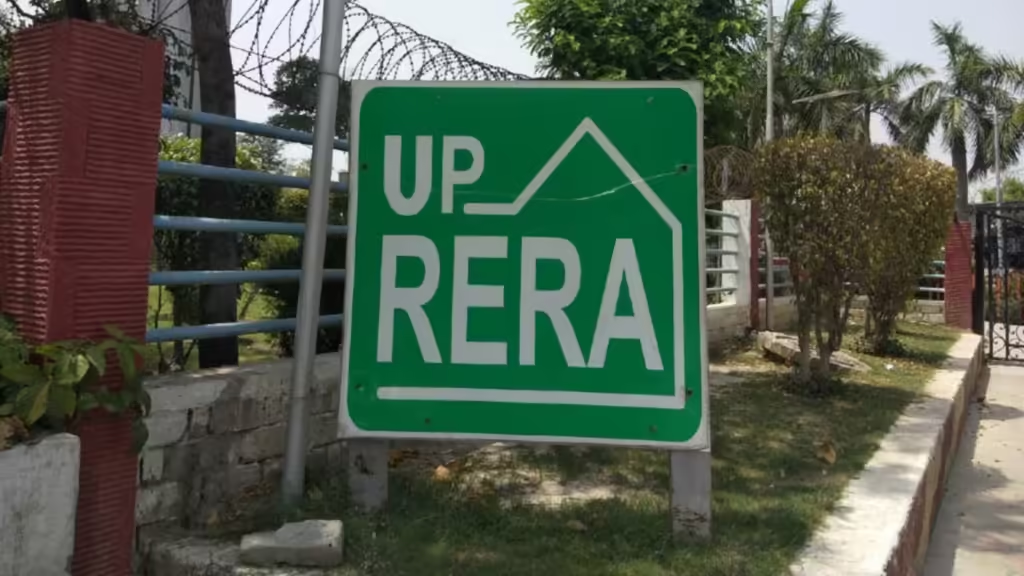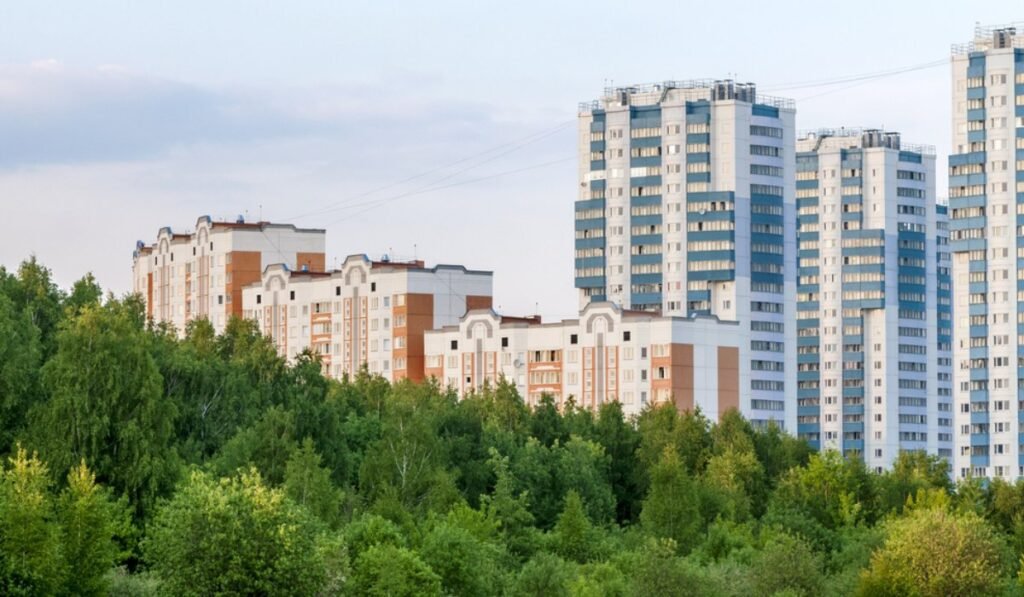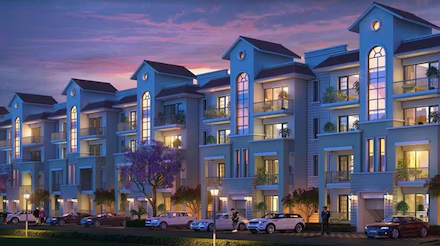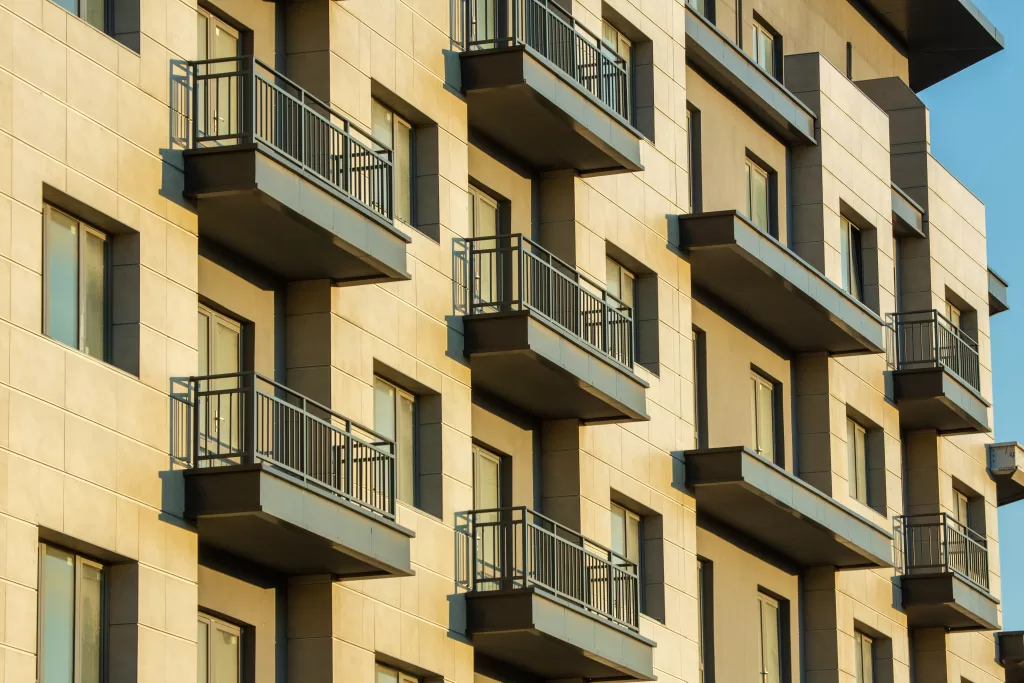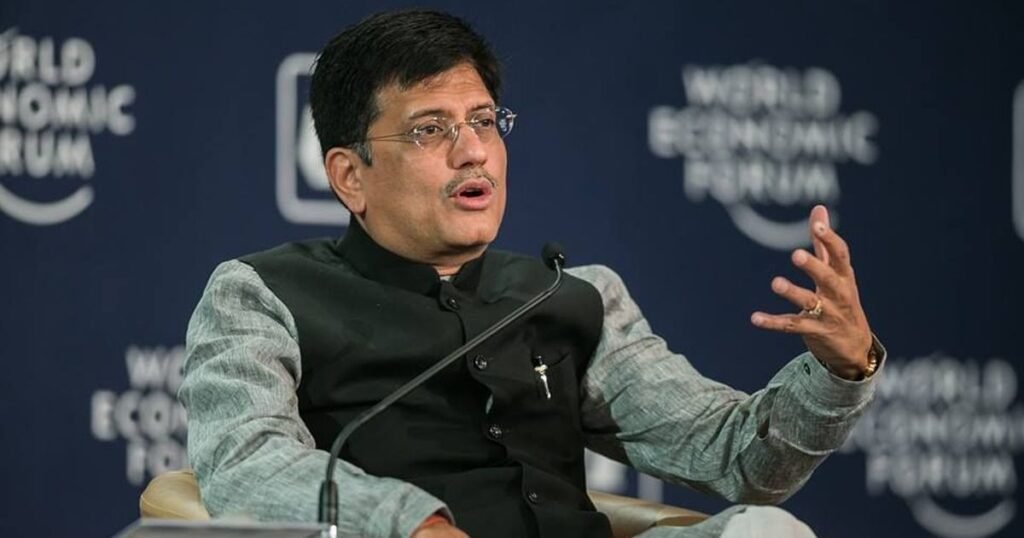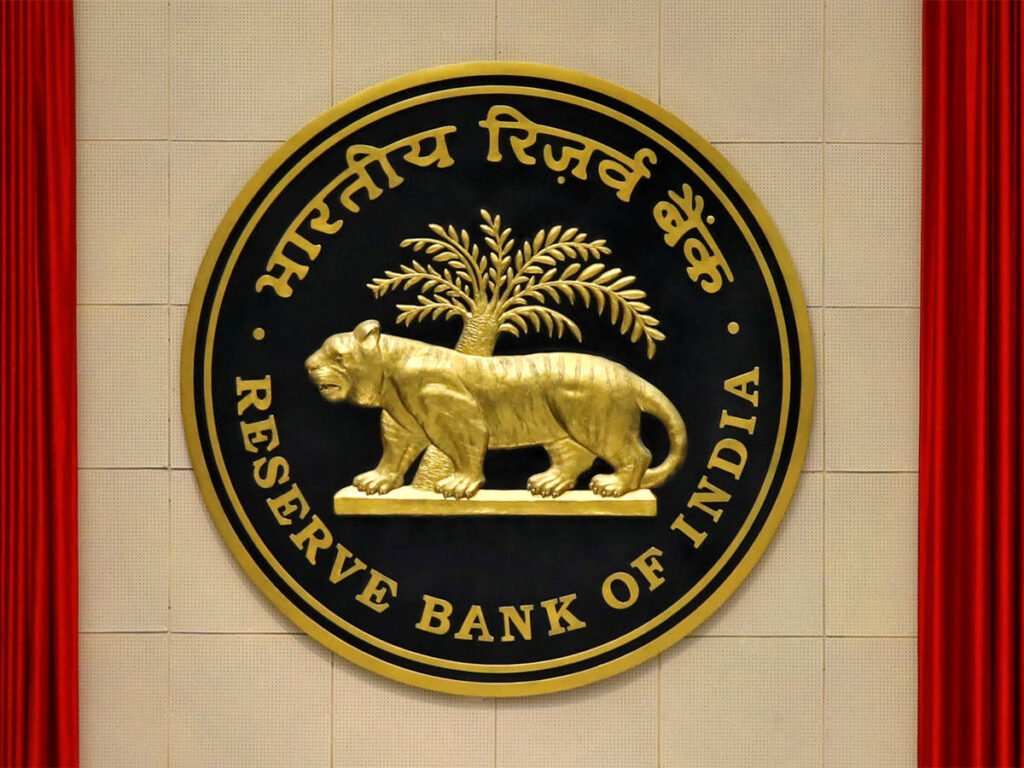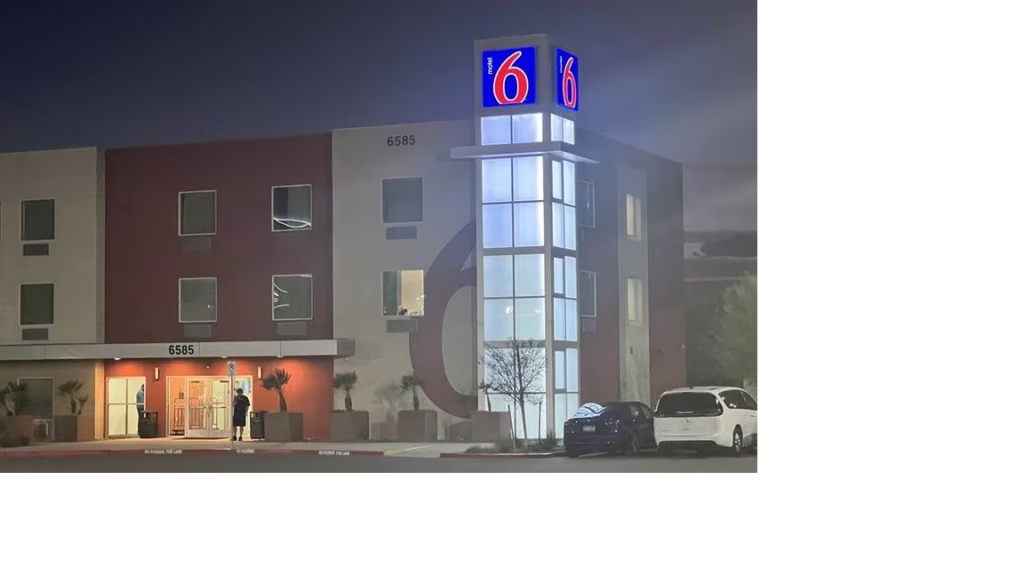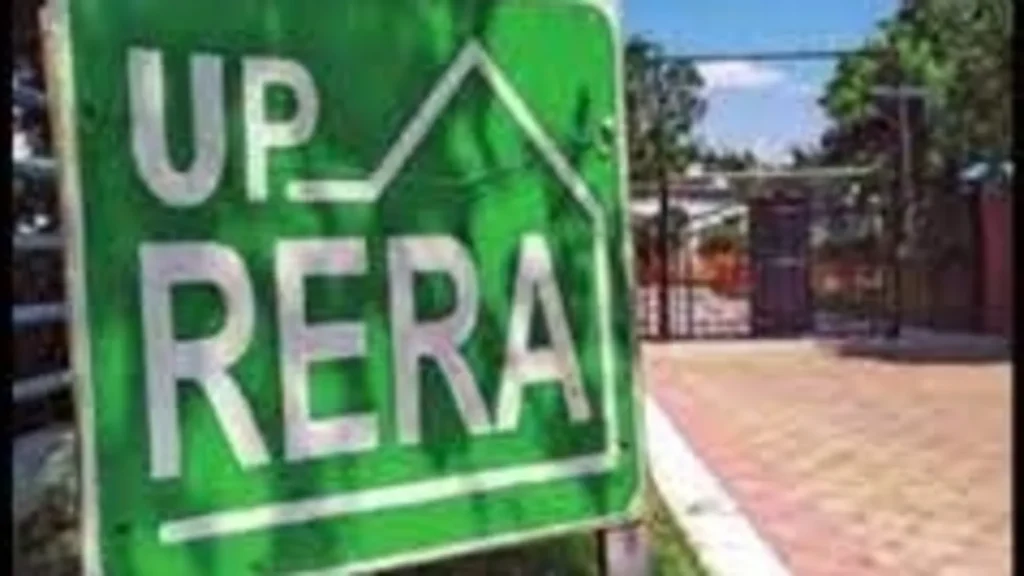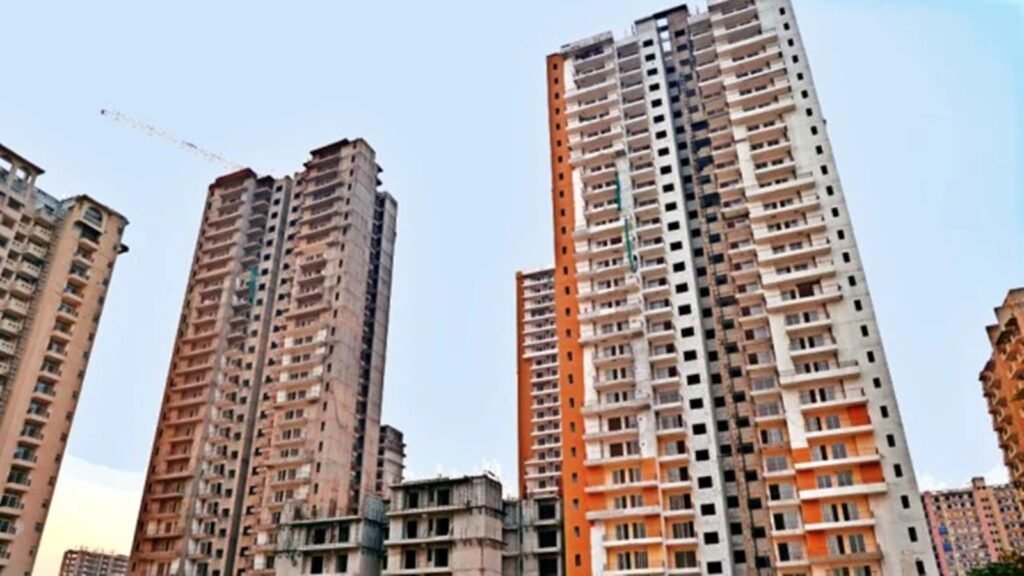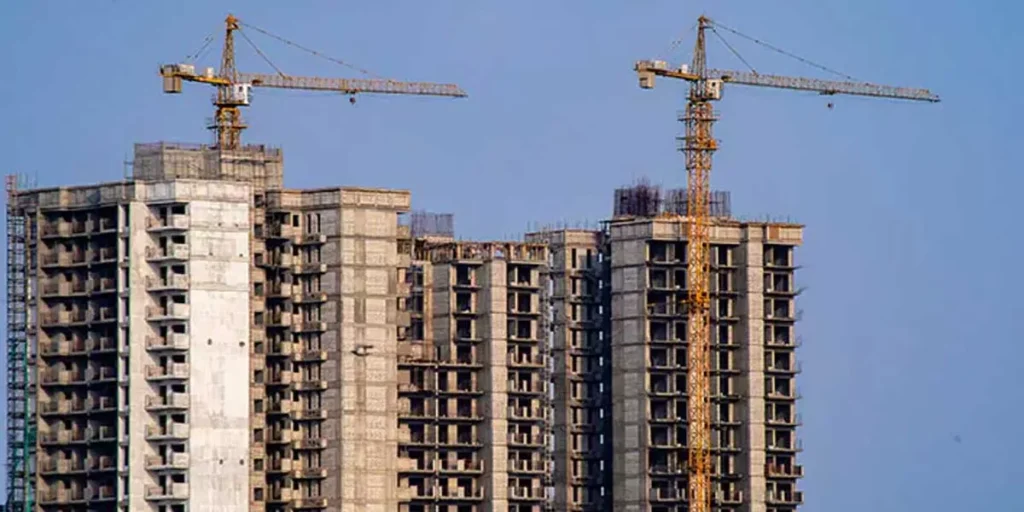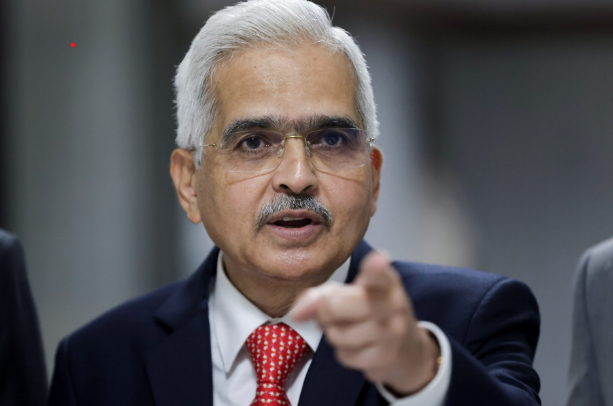Luxury Homes Dominate India’s Housing Market as Affordable Segment Struggles, Shift in Buyer Preferences Post-Pandemic

In the wake of the Covid-19 pandemic, India’s housing market has experienced a significant pivot towards luxury properties, leaving the affordable housing sector grappling with persistent challenges. Recent insights reveal that the affordable segment, particularly homes priced below ₹50 lakh, has been severely impacted by rising interest rates, escalating property prices, and dwindling supply.
Affordable Housing Sales Continue to Decline
A recent report by Knight Frank India highlights troubling trends in the affordable housing market. Sales of homes under ₹50 lakh have declined for another consecutive quarter, emphasizing the ongoing struggles of affordability and availability. Experts point to a worrying trend where, of the 87,108 homes sold in the third quarter of 2024, only 20,769 units were in the affordable category.
Luxury Market Thrives Amid Challenges
In contrast, the luxury housing segment has flourished, with 46% of total home sales in India’s top eight cities occurring in the ₹1 crore and above category. This marks a significant shift, as buyers increasingly gravitate towards high-end properties, leaving the mid-range and affordable segments—ranging from ₹50 lakh to ₹1 crore—down by 13% and 14% year-on-year, respectively.
Developers Shift Focus to Higher Margins
Developers have increasingly turned their attention to more lucrative opportunities within the luxury segment, driven by the promise of better returns and more robust sales. This shift has exacerbated the supply shortage in the affordable housing market, where a lack of new developments has been noted for over three years.
Interest Rates and Supply Challenges Compound Issues
Experts have identified rising interest rates as a critical barrier for the affordable housing segment. Since the onset of the pandemic, the Reserve Bank of India’s repo rate has increased by 250 basis points, contributing to the struggles faced by buyers in this price-sensitive market. Compounding these challenges, the definition of affordable housing has been deemed unviable by developers, who argue that the current parameters hinder new project launches.
Potential for Recovery Amid Economic Shifts
Despite these challenges, there is cautious optimism. With inflation rates falling below the Reserve Bank’s target range, industry experts foresee a potential reduction in the repo rate, which could rejuvenate the affordable housing market. Additionally, the ₹2.30 lakh crore subsidy under the Pradhan Mantri Awas Yojana Urban 2.0 is anticipated to provide crucial support to this struggling segment.
As the market evolves, stakeholders are urged to address supply constraints to ensure that the affordable housing segment can regain its footing in an increasingly polarized real estate landscape.

 English
English 



















